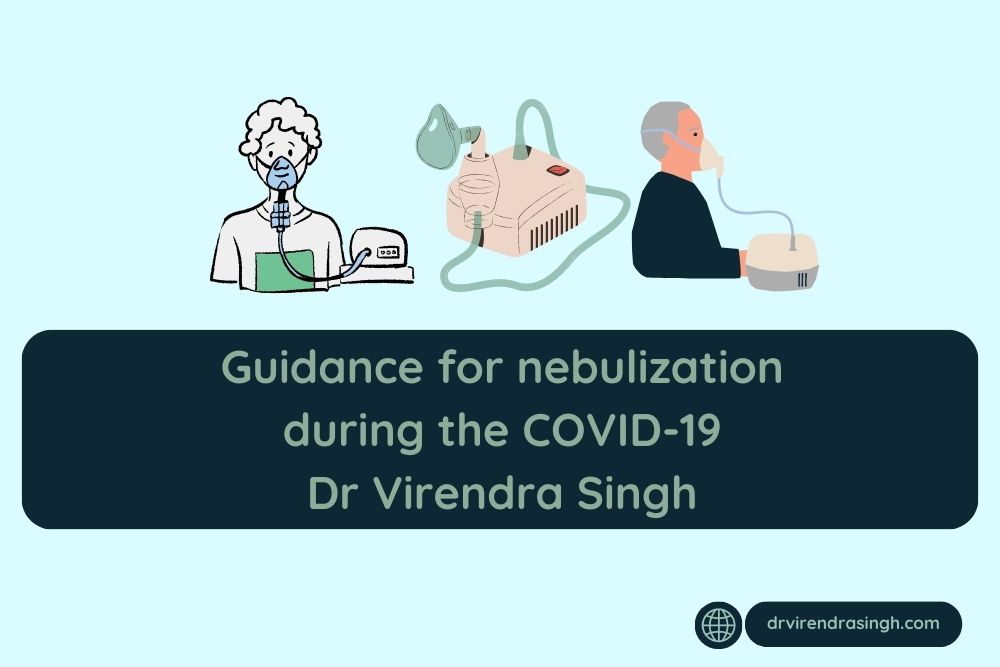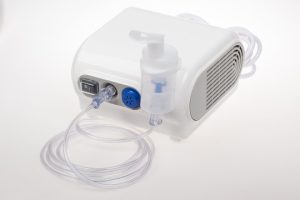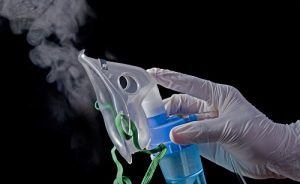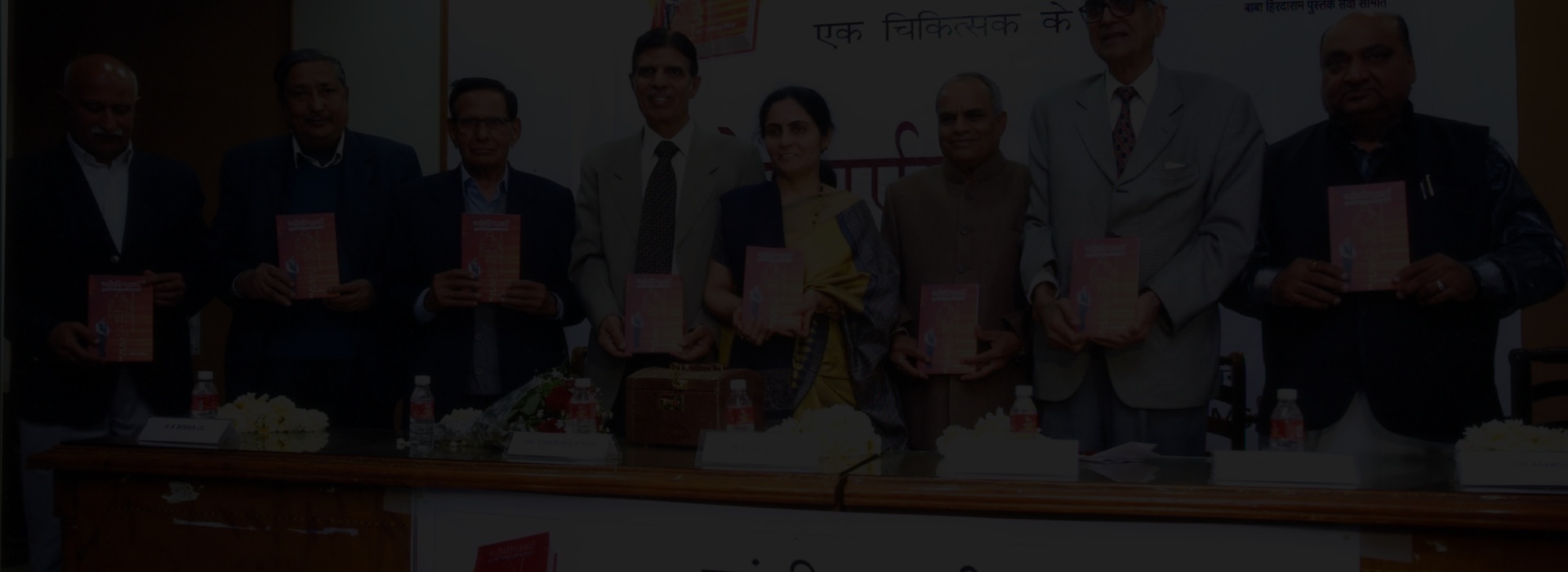
Guidance for nebulization: Nebulizers are small devices that convert liquid medicines into a form that is easy to breathe. It can easily pass through our respiratory passages and into our lungs. A pulmonologist prescribes it when it is necessary to control the disease or its symptoms, such as in asthma or COPD. For infants or children, those who can not use an inhaler or require regular doses of medicines in larger amounts are advise nebulization. This releases the cough and dilates the airways, allowing a regular flow of air, hence a balanced breathing pattern. Nebulizers are accompanied by medications such as anti-inflammatories that include corticosteroids or bronchodilators.
Guidance for nebulization during the COVID-19 pandemic.
The COVID-19 pandemic has put a long pause on the normal lives of people. The ones already suffering from other ailments ought to take care of themselves even more which is the need of the hour for better chances of their survival. Coronavirus disease, as much known by the name COVID-19 or SARS-CoV-2, has spread across all the nations and is a smaller virus that contaminates healthy individuals through the droplets released by the diseased person. These droplets or aerosols when inhaled by a healthy person, infect their cells too and start showing their symptoms.
Since asthma patients and people suffering from COPD must be regular with their inhalation medication, they must follow some advice to avoid the chances of contamination, although there is no proof that these inhalation therapies allow entry of this virus into the respiratory tract of a person. 
Instructions for nebulization during the pandemic:
Following practices must be a regular part both by the individual and by the health care facility to avoid any circumstantial spread of the disease.
– Follow social distancing practices, if the process is being done at home or the hospital. The aerosols remain in the environment for quite some time and can reach the tract of others as well.
– Minimise the risk of infection to others by limiting the use of nebulizers in presence of others.
– Always perform the procedure close to open windows or well-ventilated areas.
– Nebulizer hygiene must be taken care of. The equipment must be clean and well-sanitized.
– Proper disposal of used equipment after the procedure.
Guidance for nebulization and the fundamentals of sanitization, the risk of contamination to others can be prevent. Regardless of the disputed fact over the transmission of the virus, as there is no stated evidence of the transmission of this disease through this procedure, there is absolutely no harm in taking a few precautions. On the bright side, people with controlled asthma and COPD conditions are less likely to get the infection, hence must not stop inhalation or nebulization and must be in a regular follow-up with a pulmonologist.
Due to a lack of rigid evidence regarding the relationship between the bioaerosols released by the nebulization machine and aerosols by the contaminated patient, the procedure remains a boon to the patients with existing conditions and keeping a check on the same practices as mentioned above the risk can be shrunken down to a minimum.
